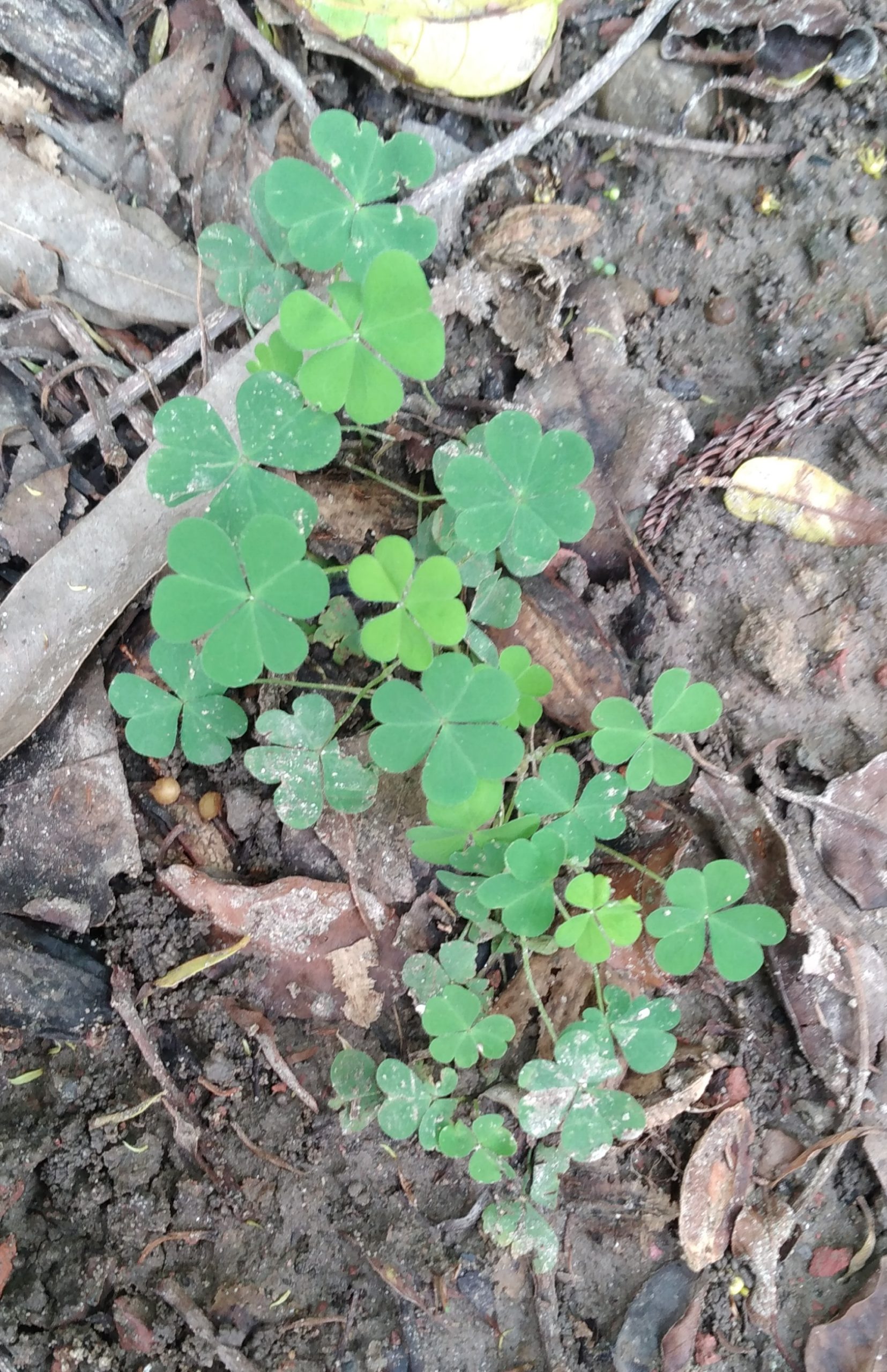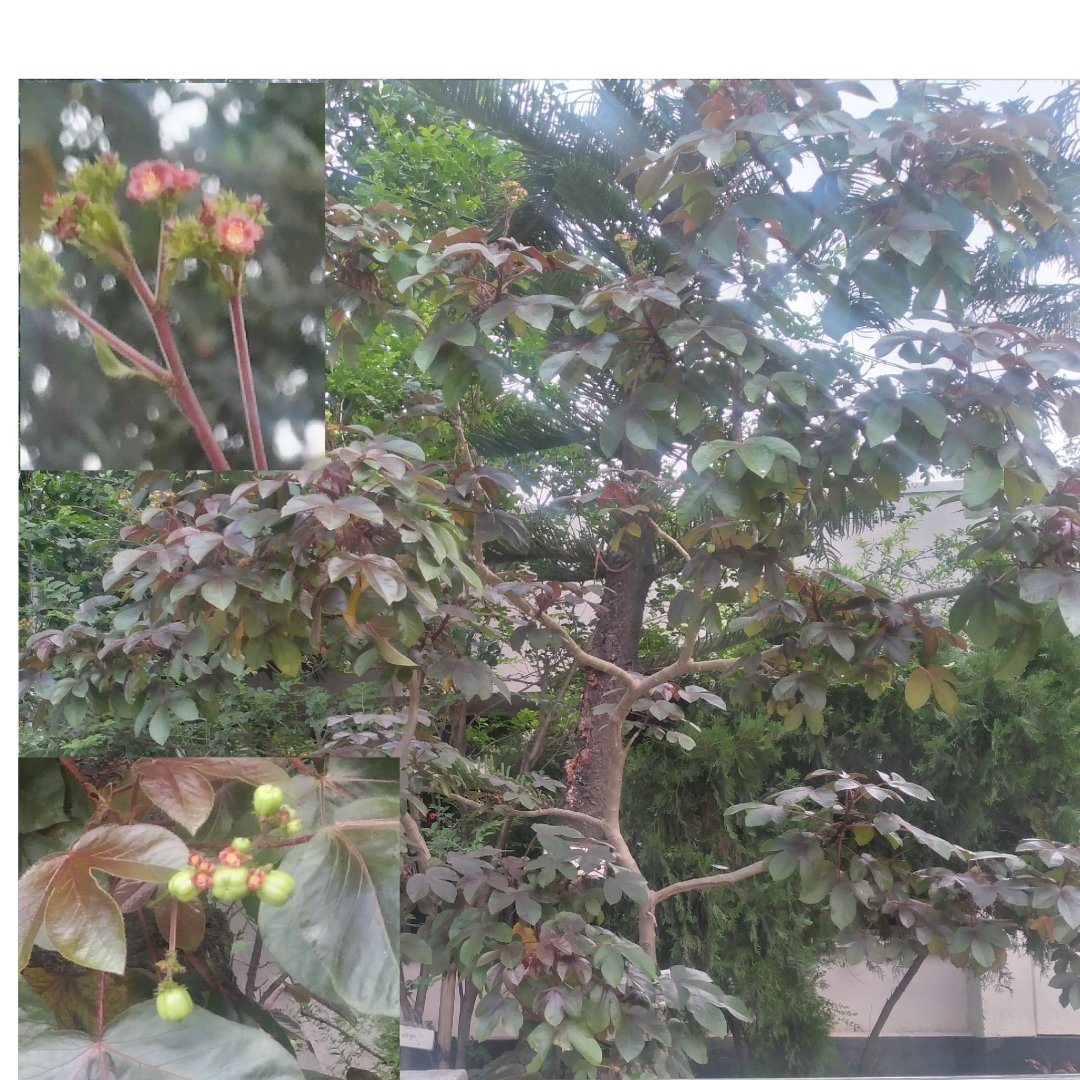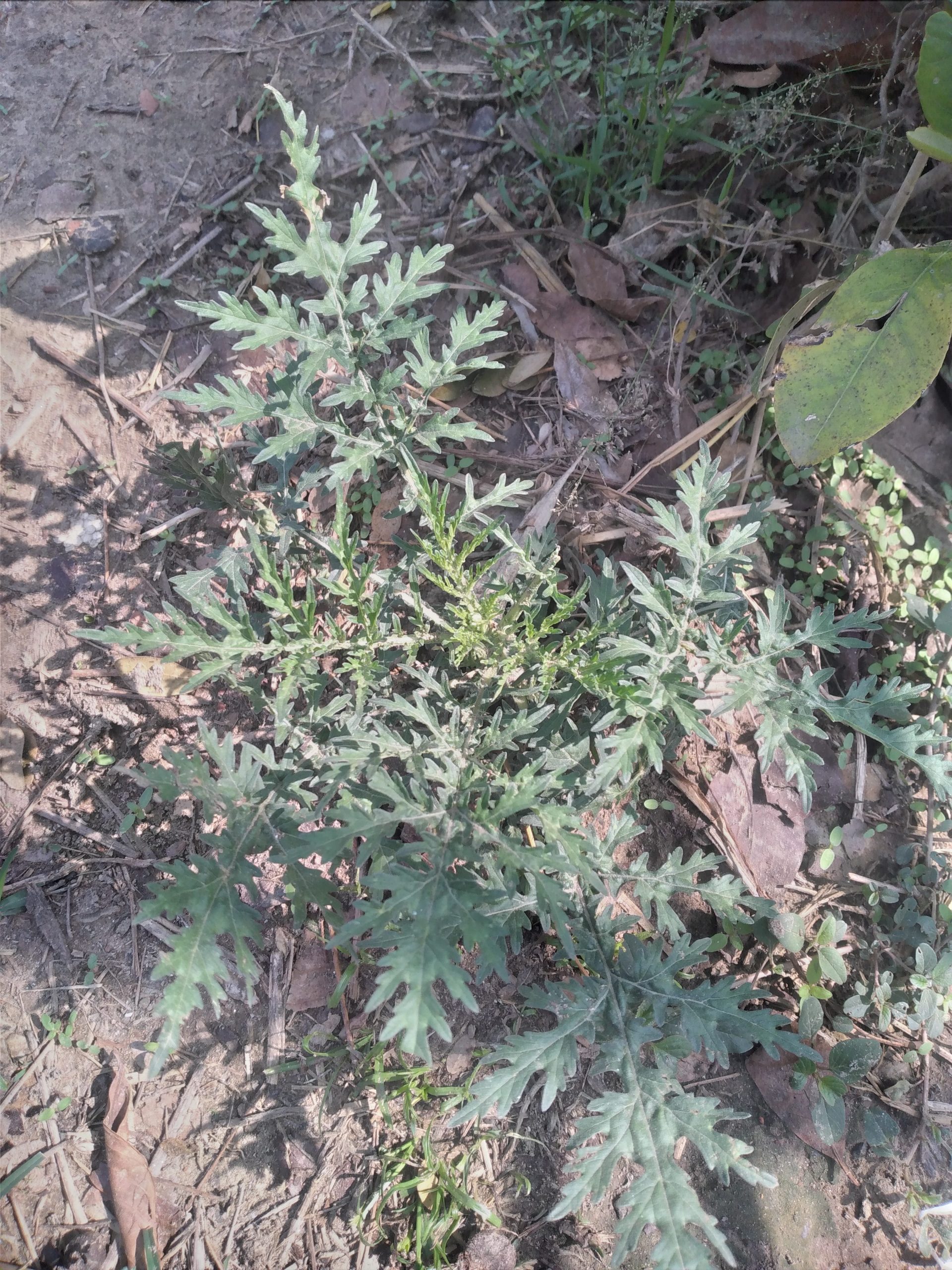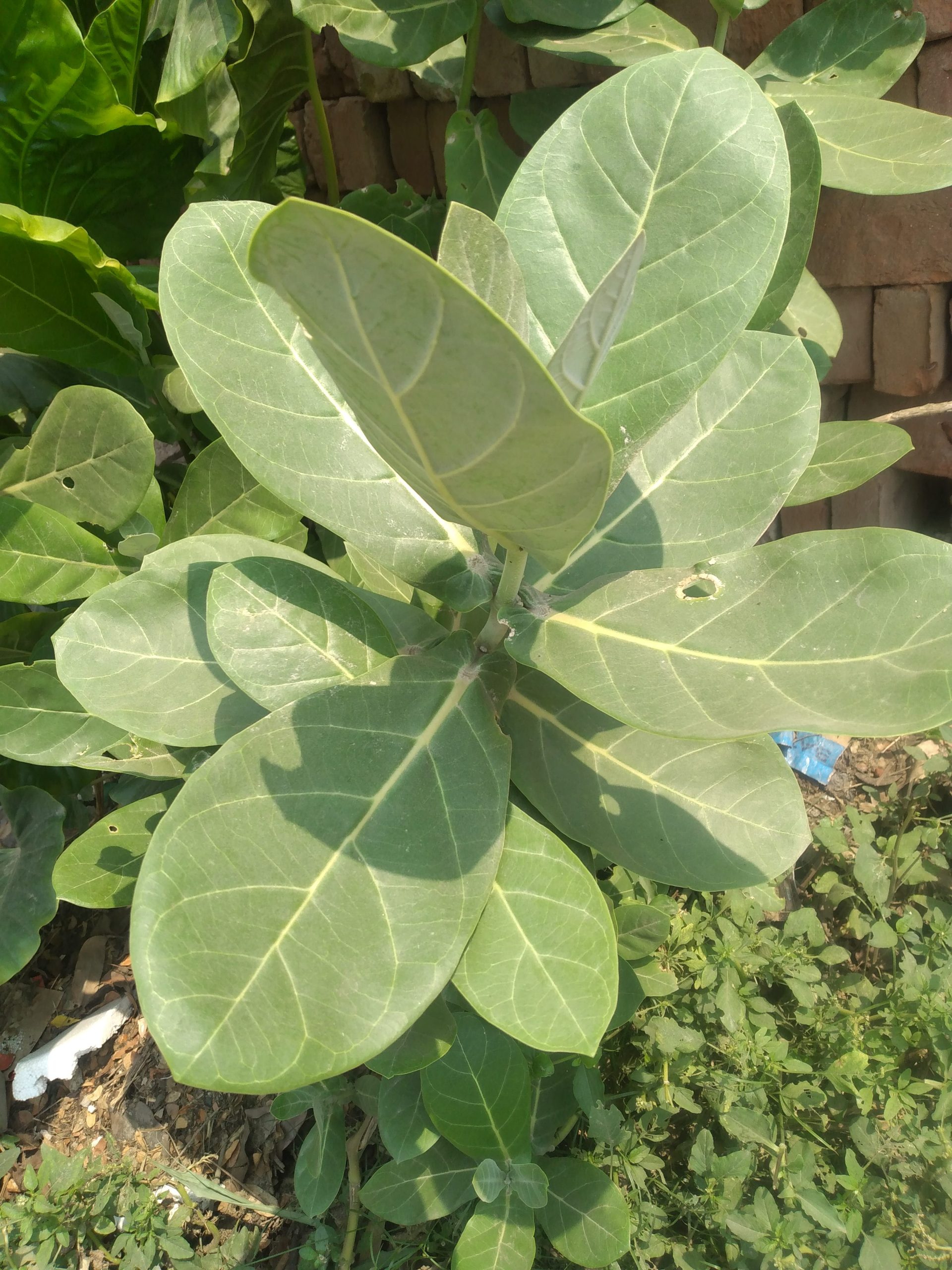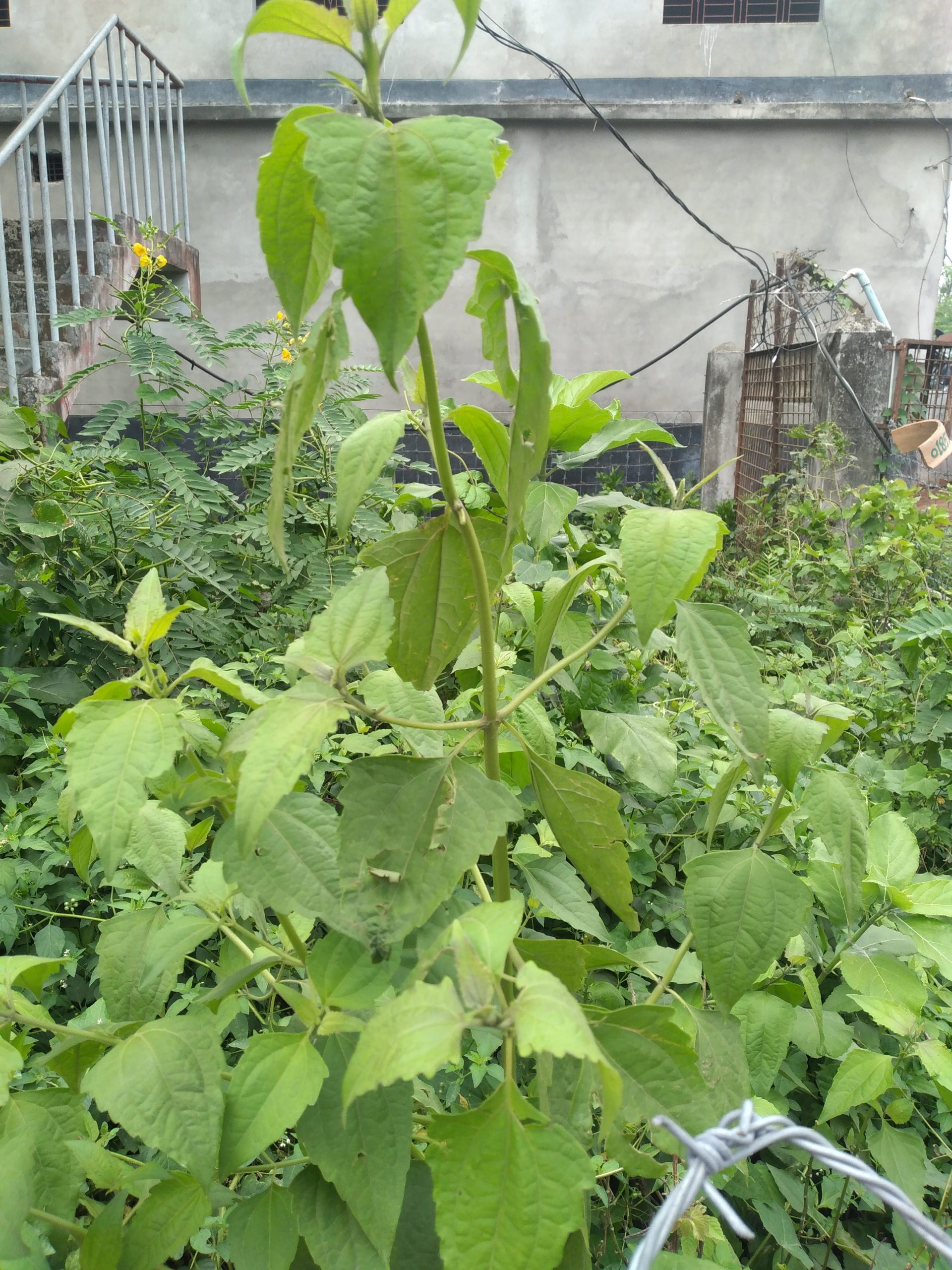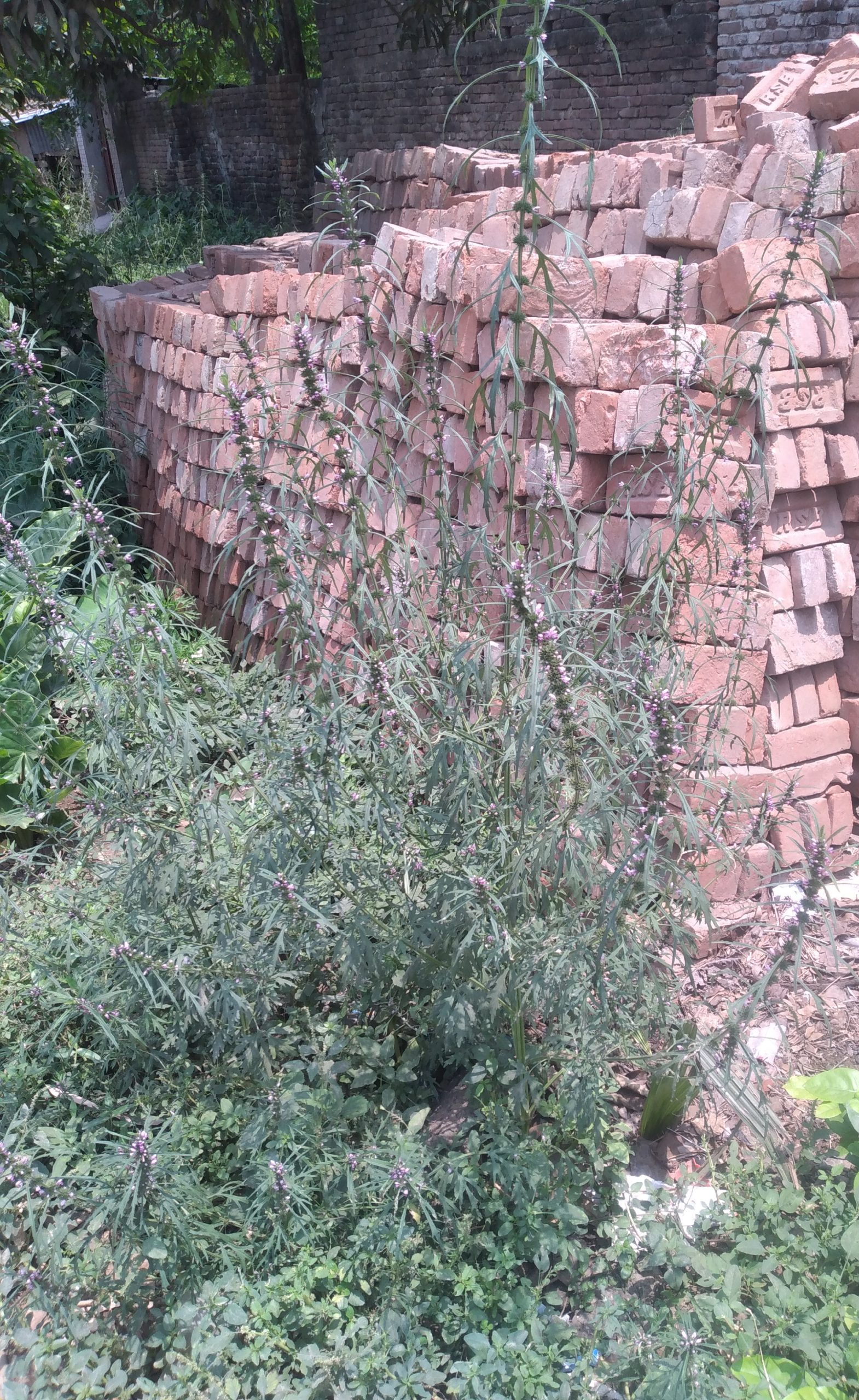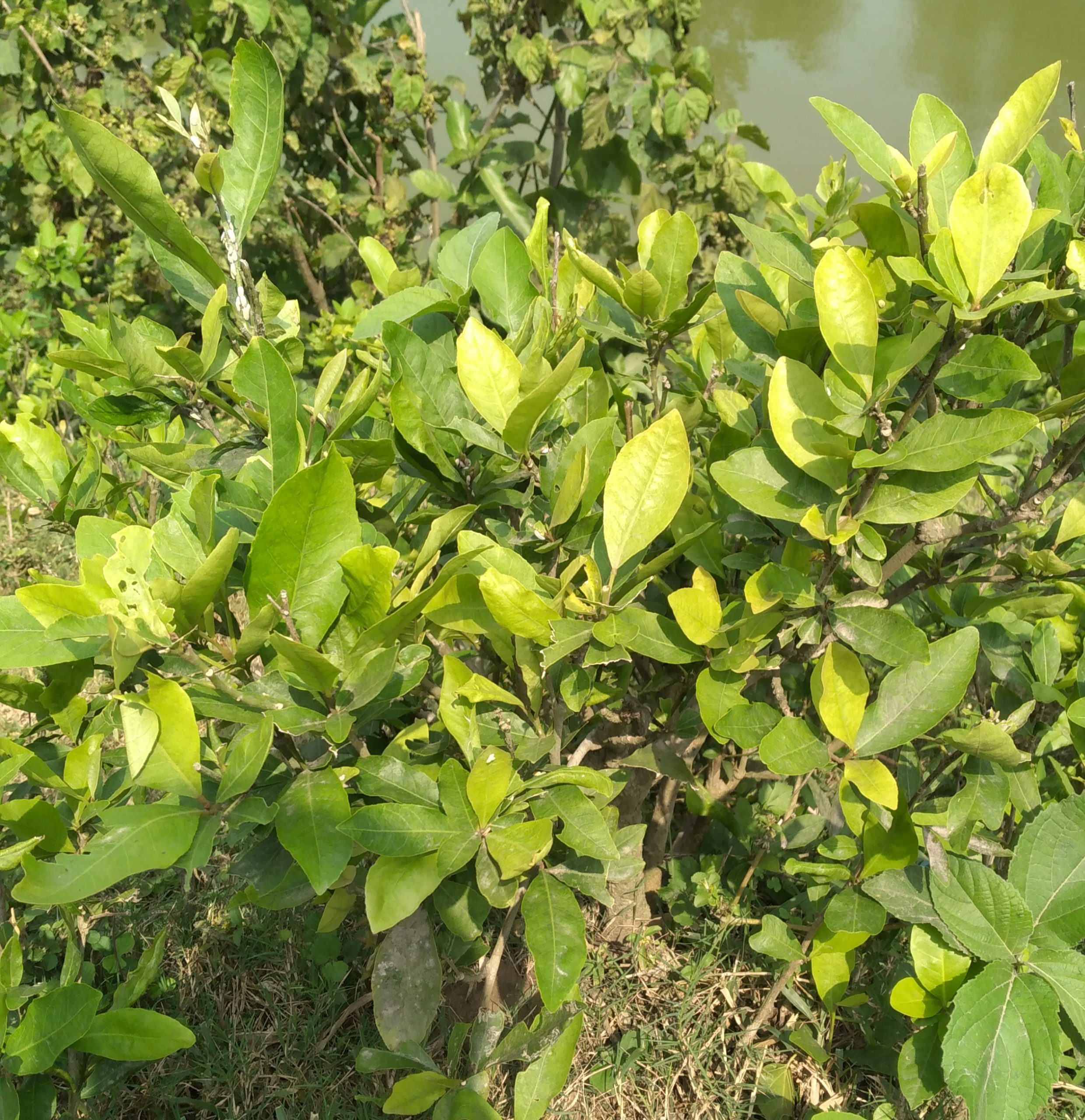The curry tree, Murraya koenigii or Bergera koenigii, is a tropical to sub-tropical tree in the family Rutaceae (the rue family, which includes rue, citrus, and satinwood), and is native to Asia. The plant is also sometimes called sweet neem, though M. koenigii is in a different family to neem, Azadirachta indica, which is in the related family Meliaceae. Chemical constituents Compounds found in curry tree leaves, stems, bark, and seeds include cinnamaldehyde, and numerous carbazole alkaloids, including mahanimbine, girinimbine, and mahanine. Nutritionally, the […]
- Tags:
- Herbs

